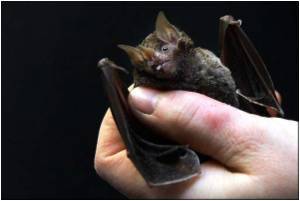A recent study conducted by scientists provides an insight into the evolution of the bat's flight, resistance to viruses, and relatively long life.

Once the genomes were sequenced, they compared them to the genomes of other mammals, including humans, to find where the similarities and differences lay.
Chris Cowled, post-doctoral fellow at AAHL says the research may eventually lead to strategies to treat, or even prevent disease in humans.
"A deeper understanding of these evolutionary adaptations in bats may lead to better treatments for human diseases, and may eventually enable us to predict or perhaps even prevent outbreaks of emerging bat viruses," Cowled said.
"Bats are a natural reservoir for several lethal viruses, such as Hendra, Ebola and SARS, but they often don't succumb to disease from these viruses. They're also the only mammal that can fly, and they live a long time compared to animals similar in size," he said.
Flying is a very energy intensive activity that also produces toxic by-products, and bats have developed some novel genes to deal with the toxins. Some of these genes, including P53, are implicated in the development of cancer or the detection and repair of damaged DNA.
"We're proposing that the evolution of flight led to a sort of spill over effect, influencing not only the immune system, but also things like ageing and cancer," he added.
Source-ANI
 MEDINDIA
MEDINDIA




 Email
Email




